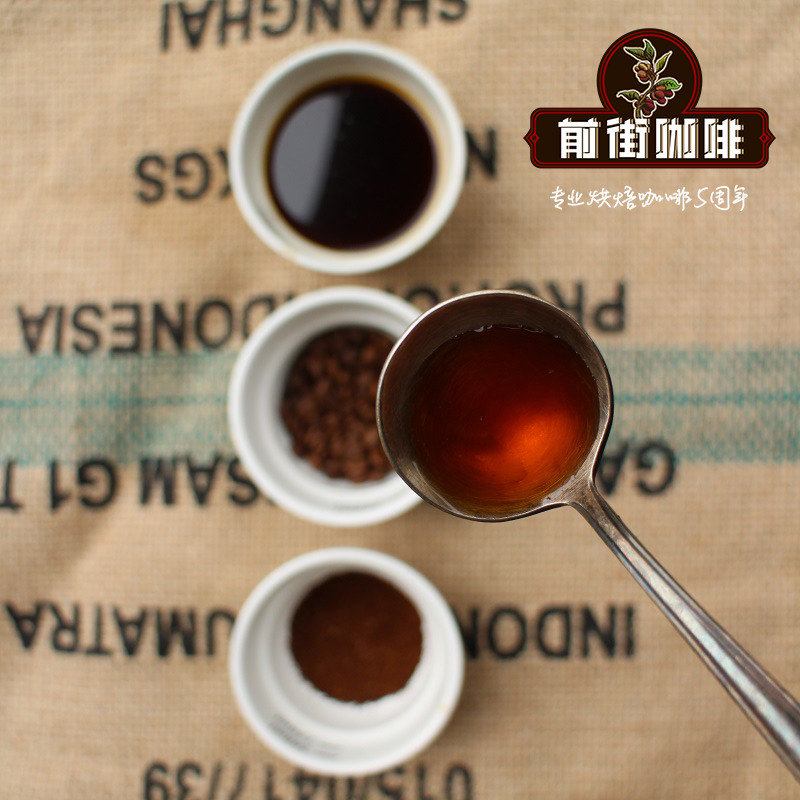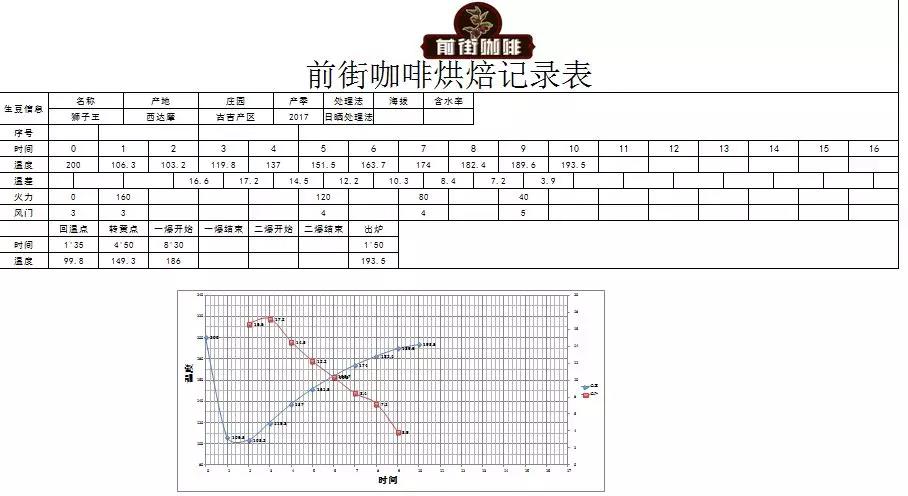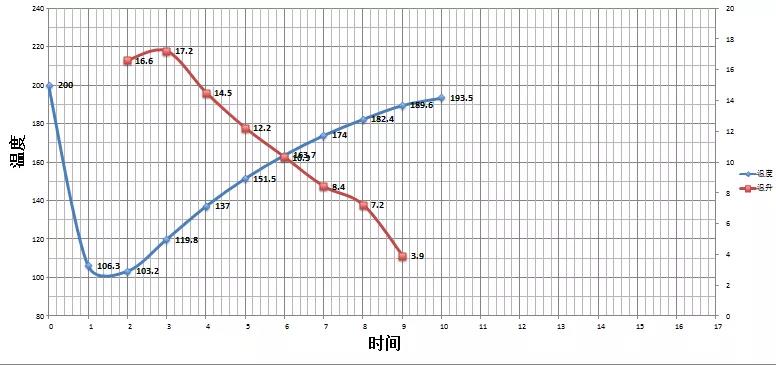Ethiopian Sidamo Lion King Coffee Flavor Variety production area taste Grinding scale treatment

Professional coffee knowledge exchange more coffee bean information please follow the coffee workshop (Wechat official account cafe_style)
Ethiopian
Sidamo Lion King
[Sidamo Lion King]
Origin: Ethiopia Sidamo Guji producing area
Altitude: 1800 m ~ 2000 m
Treatment method: solarization treatment
Picking and processing time: 2017
Variety: native species
01? brief introduction of producing areas
Sidamo producing area

The coffee in Sidamo has a variety of flavors. Different soil types, microclimates and countless native coffee species, towering mountains, highlands, plateaus, valleys and plains, diverse topography, and the geology of the area belongs to nutrient-rich, well-drained volcanic soil. the depth of the soil is nearly two meters, and the surface soil is dark brown or brown. Sidamo grows in the southernmost Ethiopian plateau between 4600 and 7200 feet above sea level (Sidamo province). It is a famous boutique coffee area in southern Ethiopia, bordering Kenya, southeast of Gemma, just south of the capital, usually sweet and loved by most people. its annual output is about 225000 bags / 60kg. Sidamo's coffee flavor is very diverse, different soil types, microclimate and countless native coffee species. The region's towering mountains, highlands, plateaus, valleys and plains are diverse in topography, and the geology of the area is a fertile, well-drained volcanic soil with a depth of nearly two meters and a dark brown or brown topsoil. The biggest advantage of the area is that the soil fertility is maintained through the circulation of organic matter, using the withered leaves of the surrounding trees or the residual roots of the plants as fertilizer. Therefore, there are obvious differences and characteristics in the coffee produced in cities and towns.
In 2010-2012, it continuously obtained the high score of CR92~94, the authoritative coffee evaluation website in the United States. Thus it can be seen that the raw beans in this area are extraordinary.

Introduction of Guji producing area
Guji producing area is located in the southeast of Yejia Xuefei, a well-known producing area.
The raw coffee beans belonging to Oromia Region → Guji Zone belong to the regional type in the division of administrative regions. Just as Yejia Xuefei became well-known after its fame, it became an independent secondary production area of Sidamo (Guji Zone). This batch is made near the town of Dara Woreda in Sidama province. Produced by small coffee farmers in the Sirsa Cooperative (Shilcho Coop). This cooperative was founded in 1976 and is currently a member of SCFCU (Sidama Coffee FarmerCooperative Union), the cooperative federation of Sidama province. SCFCU is a large federation of coffee cooperatives in Ethiopia, which currently has about 46 member cooperatives and is the second largest coffee in Ethiopia.
02? treatment method
Sun drying is the oldest and most primitive treatment of coffee beans. compared with the water washing method, this dried coffee is also called "natural coffee" or "sun-dried coffee." the harvested coffee fruits are directly exposed to the sun for about two to four weeks. This method is usually used in countries with a clear dry and wet climate.

1. First of all, harvest ripe coffee fruit.
two。 Preliminary selection of impurities and inferior beans
3. Select floating beans: pour the coffee fruit into the sink, the ripe and full fruit will sink to the bottom of the sink, and the immature or incomplete fruit will surface.
4. The sun-drying method removes the ripe coffee fruit that sank at the bottom of the sink and spreads it in the sun-drying field to dry, reducing the moisture from 70% to about 10-12%. Turn the fruit several times a day to dry evenly, and cover it at night to avoid moisture.
5. Remove the shell: after about two to four weeks of exposure, the outer layer of the coffee seed has dried, and then use a sheller to remove the shell.
03? raw bean analysis
[Sidamo Lion King Sun treatment]

Ethiopia's coffee varieties have been recorded in nearly 2000 varieties. Ethiopia's coffee varieties have everything in the 'Grand View Garden'. The long, short, thin and fat coffee varieties are difficult to identify, so they are called local native species. There are also small seeds of dwarf plants in bean grains, with strong disease resistance and poor disease resistance; tall and strong, with medium tree shape.
04? baking analysis
This coffee has a small raw bean, yellowish green, poor evenness and low moisture content. The goal of baking is shallow and medium baking, which retains bright acidity on the one hand and shows multi-layered aromas of tropical fruits on the other.
In the first batch of baking, the lower bean temperature is relatively high, the bean temperature is 200 degrees, and the firepower is also relatively high. In the process of baking, it was found that the elevation of the bean was extremely high and the quality of the bean was very hard. in order to avoid uneven baking caused by the uneven size of raw bean particles, the baking technique of lengthening dehydration, gradually lowering fire and climbing steadily was adopted. adjust the firepower when the beans enter the yellowing point, the dehydration is finished and the precursors of an explosion are adjusted to avoid burns on the bean surface, and choose to come out of the oven before the end of an explosion to shorten the time of caramelization reaction. Retain the cleanliness of the flavor and the aroma of flowers and fruits.

Yangjia 600g semi-straight fire
Enter the pot at 200 degrees Celsius, adjust the firepower to 160 degrees after opening the throttle for 30 seconds, keep the throttle unchanged, the temperature return point is 1 "35, keep the firepower, at 4: 50 the bean surface turns yellow, the smell of grass disappears completely, enter the dehydration stage, the firepower is reduced to 120 degrees, and the throttle is adjusted to 4.

This Sidamo Lion King Sun is close to the fragrance of flowers, with obvious fruit flavors; smooth, balanced, lively and changeable layers.
05? cooking analysis
Recommended cooking method; hand flushing.
Degree of grinding; (Japanese little Fuji R440) 3.5

V60 filter cup, 15g powder, water temperature 90 degrees
Degree of grinding 3.5
The ratio of gouache to flour is 1: 15
Break off; water injection to 125 grams, slow water injection to 225 grams
The total length is 2 minutes and 03 seconds.
The water temperature of BG grinding 4HPM is 90 degrees.

Bean grinder
Grinding degree
Powder quantity
Filter cup
BG
4J
15g
V60
Water temperature
Stuffy steam
The second stage of water quantity
The third stage of water quantity
Total time 2:02
90 degrees
38g water 37s
70g
125g
Total water volume: 225g
Sweetness: ☆☆
Acidity: ☆
Bitterness: ☆
Other suggestions on trickling extraction
French kettle; recommended grinding degree of 3.5 to 4, water temperature 91 degrees
Important Notice :
前街咖啡 FrontStreet Coffee has moved to new addredd:
FrontStreet Coffee Address: 315,Donghua East Road,GuangZhou
Tel:020 38364473
- Prev

The origin of instant coffee. The advantages and disadvantages of instant coffee which is better than coffee beans?
Why is instant solution unhealthy? [first of all, production process] freeze-drying is a kind of instant production method which can relatively preserve the flavor of coffee, which is generally used in high-end instant solution, but the production cost is high, even if the aroma of coffee is well preserved, the price is unacceptable and the taste is not satisfactory. This is another topic. The vast majority of instant coffee is dried by spray drying.
- Next

Introduction to the treatment of water-washed honey of coffee beans with fruit pulp in the sun
There are two methods for selecting defective coffee beans: manual selection and mechanical selection. Manual selection is an assembly line, in which several workers sit on a transmission belt about 1 meter wide to pick out defective beans, and some strict farms will manually select them many times until no defective beans are seen. The rule of mechanical selection is to identify by computer, and to remove defective beans and grade them is to divide coffee beans into different categories according to the standard.
Related
- Guji coffee producing area of Guji, Ethiopia: Humbela, Shakiso, Wulaga
- What is the most expensive variety of Qiloso in BOP multi-variety group?
- How to store the coffee beans bought home?
- Why are Yemeni coffee beans so rare now?
- Ethiopian Sidamo all Red Fruit Sun Sun Santa Vini Coffee beans
- SOE is mostly sour? What does it mean? Is it a single bean? what's the difference between it and Italian blending?
- Is Italian coffee beans suitable for making hand-brewed coffee?
- How to choose coffee beans when making cold coffee? What kind of coffee beans are suitable for making cold coffee?
- Just entered the pit to make coffee, what kind of coffee beans should be chosen?
- Can only Japan buy real Blue Mountain Coffee? What are authentic Jamaican Blue Mountain coffee beans?

